Description
Raymond Joly
French Sculptor/Medalist (1911-2006)
Raymond Joly was a medalist, sculptor, and engraver. Born in Paris on February 4, 1911, and died June 18, 2006 in Ponchon, France. Joly was the Master Engraver General of the Paris Mint from 1958 to 1974.
In 1926, Raymond Joly entered the School for Apprentice Bronze Engravers, where he graduated first the following year. As a sculptor, he continued to study drawing and decoration in adult classes.
In 1929, he began intaglio engraving, advised by a foreman who became interested in him and became a professor at the École Boulle in Paris.
He was admitted in 1939 to Henri Dropsy’s studio at the École des beaux-arts de Paris. 1942, he won the first Grand Prix de Rome in medal engraving.
The quality of the medals that he engraved in steel, almost alone at the time when choosing this means of artistic expression, made him one of the initiators of the rebirth of the direct carving technique.
In 1949, he designed and created the decoration of the Saint-Louis-des-Français church in Berlin.
At the end of 1958, he became the 24th Master Engraver General of the Paris Mint, succeeding Lucien Bazor, who was retiring. He chose the owl as the different symbol for the currency. In an article published at the time of his appointment, Raymond Joly explains this choice:
“Since Marc Béchot in 1547, the Engravers General have all had what we call a “different”, symbolic sign allowing the authenticity of the coins to be recognized. This sign is usually placed to the right of the coin’s vintage. On the left, it is still a cornucopia, the sign of the Mint Administration.
For my part, I chose the owl; the subject of my Prix de Rome being Athena fighting the giant Enceladus, I thought that the use of her symbol was necessary. Furthermore, this emblem is also that of wisdom and the ability to see clearly in the darkness. I therefore decided to engrave this symbol hollow in the steel, which allowed me to “nail” very small hand punches with varied decorative patterns into the owl’s wing. Despite the huge reduction (from 33mm to 2mm ) , this results in a model that is difficult to reproduce. »
He remained in this position until April 1974, when Émile Rousseau succeeded him.
His home in Panchon, France, is now a museum of his artwork.
Source: Wikipedia.fr (very poor translation by Google & Shelly Horton)
Additional Sources:
The Raymond Joly Museum,
WorthPoint Auction House
Raymond Joly Museum, Le Parisien Article
Who’s Who France, Raymond Joly
***************************
Jacques Goddet
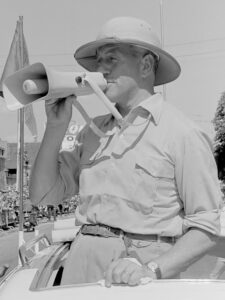
Jacques Goddet (June 21, 1905 – December 15, 2000) was a French sports journalist and director of the Tour de France road cycling race from 1936 to 1986.
Goddet was born and died in Paris. His father, Victor Goddet, was co-founder and finance director of L’Auto, the newspaper that organized the first Tour in 1903. When Jacques Goddet had ended his studies in 1931, he became editor-in-chief of L’Auto. He covered the 1932 Summer Olympics in Los Angeles.
In 1924, Jacques Goddet went to work for his father’s paper in the rue du faubourg-Montmartre, Paris. Four years later, he followed his first Tour de France and sat spellbound as he watched riders struggle for more than 16 hours on cols “that were no more than mediocre earth paths, muddy, stony.” Goddet returned the following year and followed every Tour until 1989, with the exceptions of 1932, when he went to the Los Angeles Olympics, and 1981, when he was too ill.
He became a chief reporter at L’Auto and took over the organization of the Tour de France in 1936 when the director, Henri Desgrange, became too ill to continue.
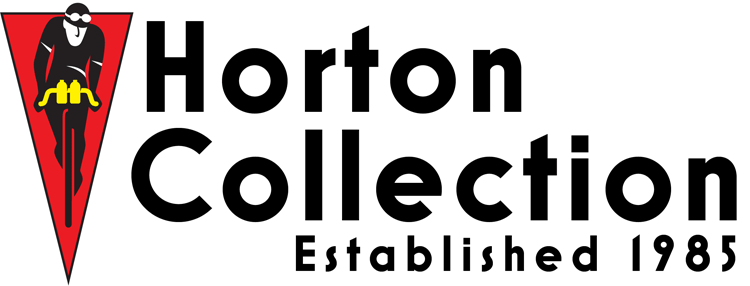


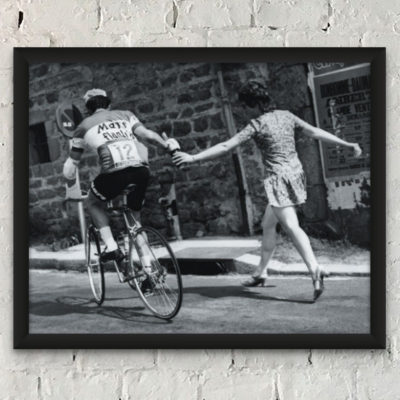
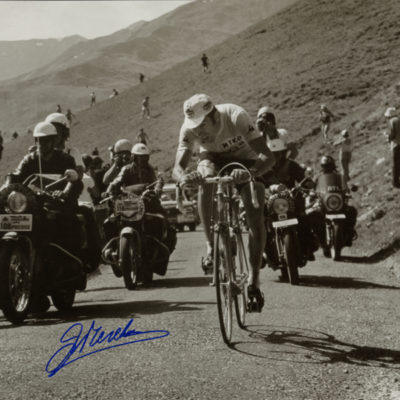
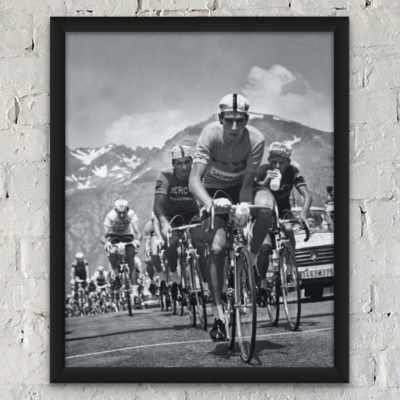
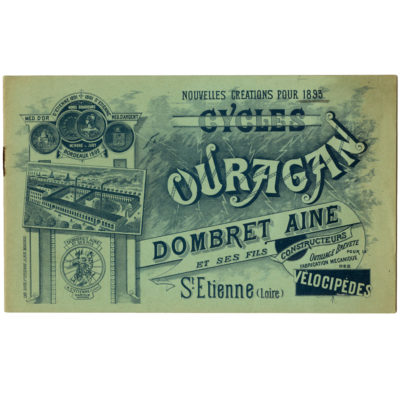
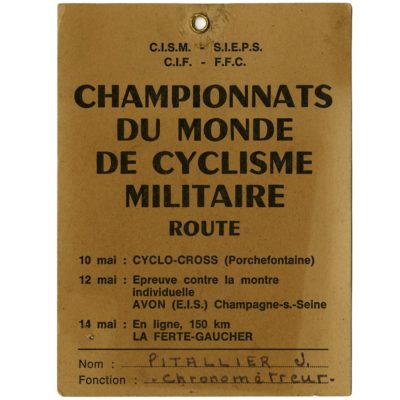
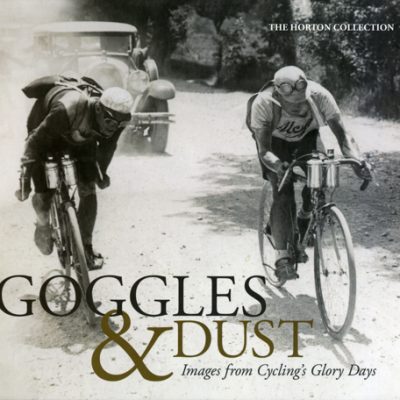
Recent Comments